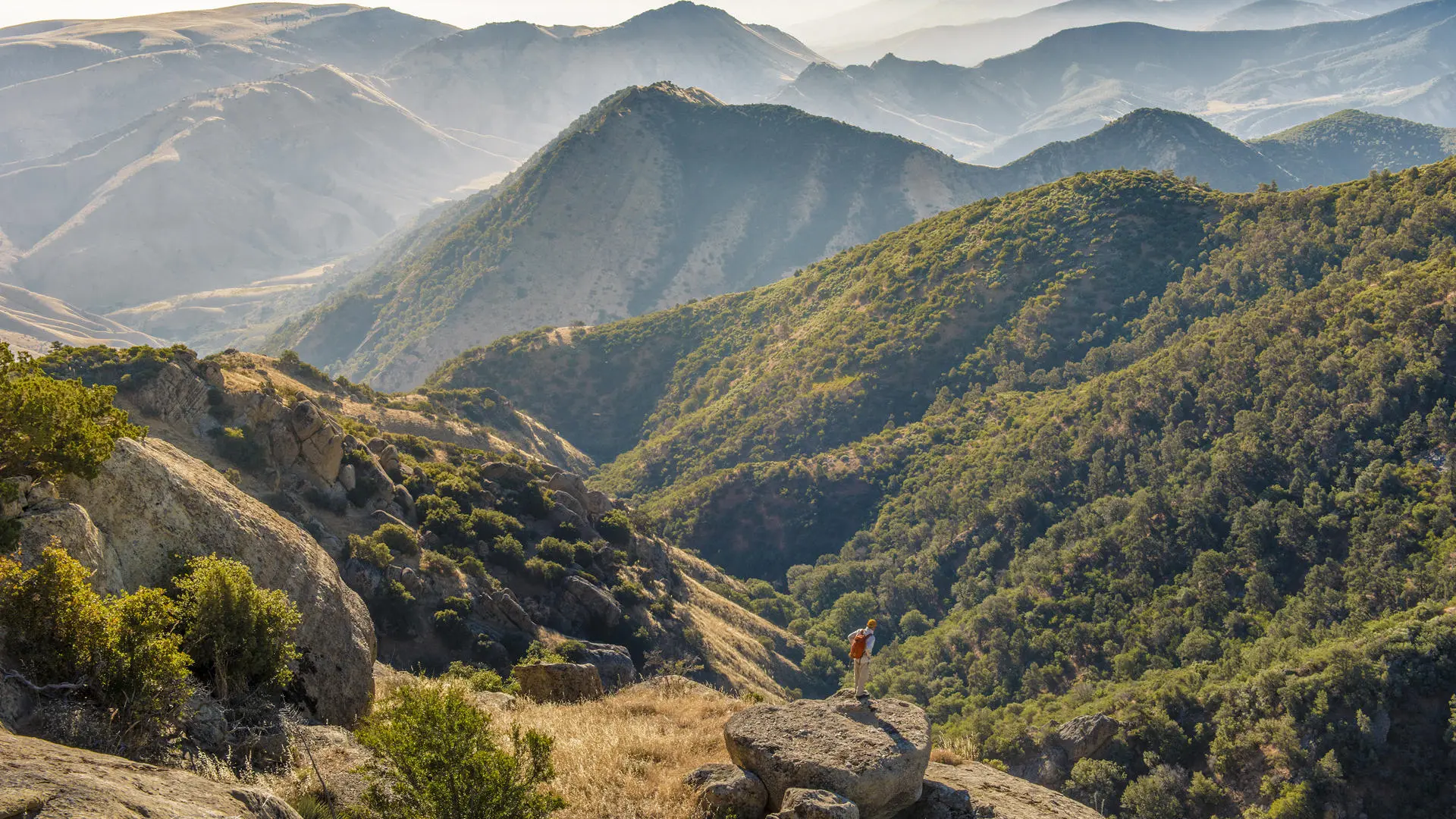The 100,000-acre Wind Wolves Preserve is a unique part of the interior landscape of California. It has long been an archaeological blind spot, as research has previously focused on the surrounding coastal marine, valley and lake environments.
Historical processes of genocide and colonialism have excluded Native Californians from their ancestral past in this location. Dr David Robinson has undertaken extensive archaeological research in partnership with stakeholders and indigenous communities at Cache Cave and Pleito on the Wind Wolves Preserve. This research has connected Native communities to their lost ancestral sites and material culture both in person and through innovative virtual reality mechanisms, addressing issues of intergenerational trauma experienced by indigenous communities. The Tejon Tribe have been able to view their ancestral rock paintings and see their ancestors’ artefacts in situ for the first time in centuries. This has proved to be an emotional, spiritual, sociocultural and hugely significant life experience for tribal members.
The impacts of the research have also enabled stakeholders and museums to better manage their resources and deliver new educational programmes. The research has helped to transform the site management practices of the Los Padres National Forest (1.75 million acres) and to enhance their links to the Santa Barbara Museum of Natural History. There now exists the first collated GIS database of Chumash rock-art sites, ethnographic villages, elevation models and vegetation/geological cover for the Los Padres National Forest. This has assisted in the management and preservation of this vast landscape and helped to accommodate 385,000 annual visitors.
Innovative collaborations using virtual reality technology and documentary film making techniques have empowered Native Californians to reconnect with their heritage in new ways. This has provided skills that enable them to become the stewards and the storytellers of their own heritage. As one participant of the Tribe states “it will definitely be something that we take away and to give back to our tribal members so that our stories can continue to be told by us.”

